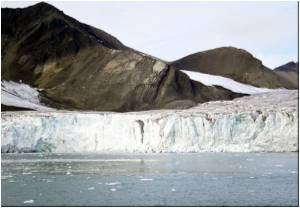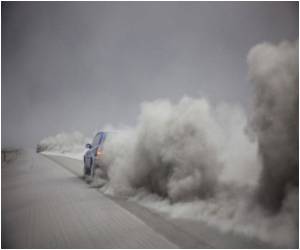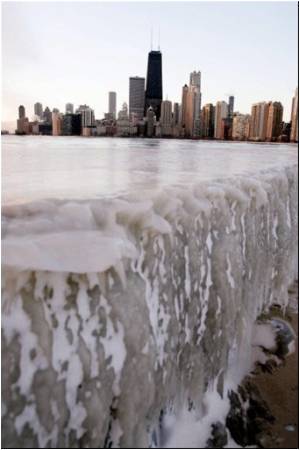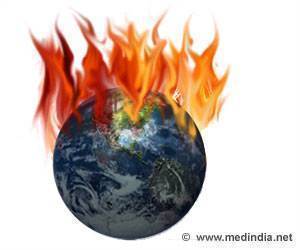
Small amounts of sulfur dioxide emissions from Earth's surface eventually rise 12 to 20 miles into the stratospheric aerosol layer of the atmosphere, where chemical reactions create sulfuric acid and water particles that reflect sunlight back to space, cooling the planet.
Neely said that previous observations suggest that increases in stratospheric aerosols since 2000 have counterbalanced as much as 25 percent of the warming scientists blame on human greenhouse gas emissions.
"This new study indicates it is emissions from small to moderate volcanoes that have been slowing the warming of the planet," Neely, a researcher at the Cooperative Institute for Research in Environmental Sciences, a joint venture of CU-Boulder and the National Oceanic and Atmospheric Administration said.
The new project was undertaken in part to resolve conflicting results of two recent studies on the origins of the sulfur dioxide in the stratosphere, including a 2009 study led by the late David Hoffman of NOAA indicating aerosol increases in the stratosphere may have come from rising emissions of sulfur dioxide from India and China.
In contrast, a 2011 study led by Jean Paul Vernier-who also provided essential observation data for the new GRL study-showed moderate volcanic eruptions play a role in increasing particulates in the stratosphere, Neely said.
Advertisement
Since 2000, the optical depth in the stratospheric aerosol layer has increased by about 4 to 7 percent, meaning it is slightly more opaque now than in previous years.
Advertisement
Source-ANI









